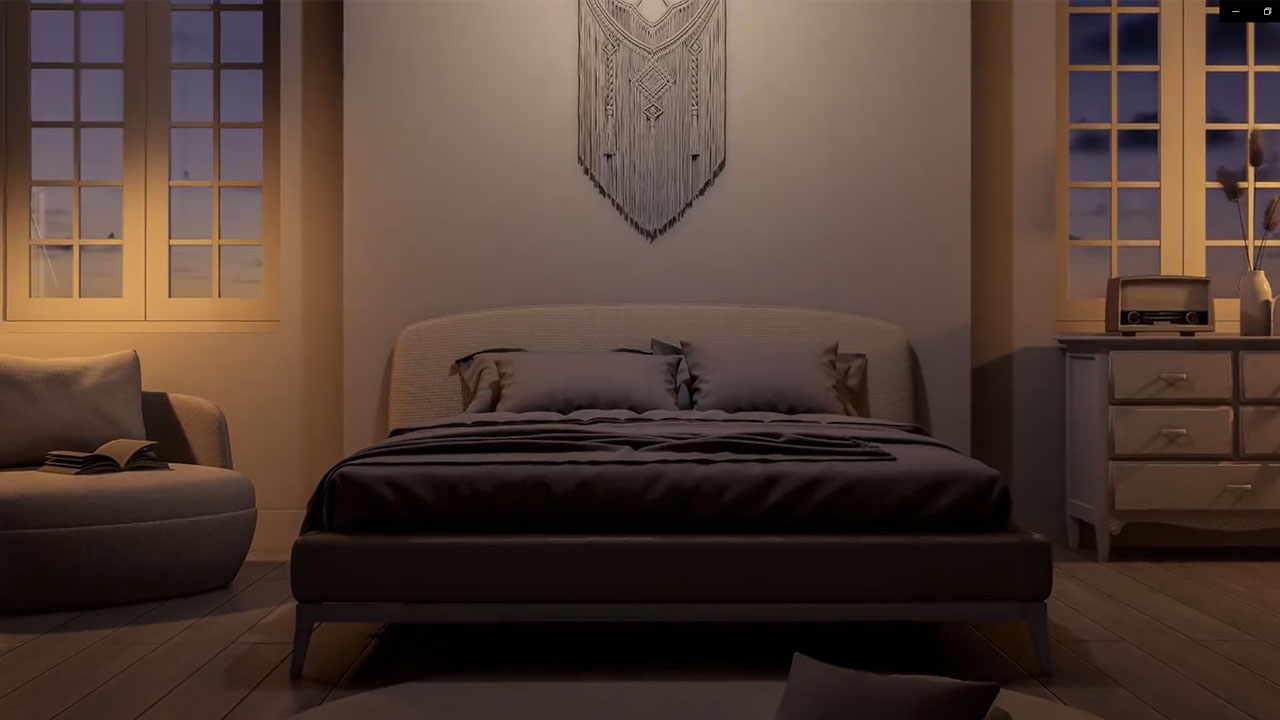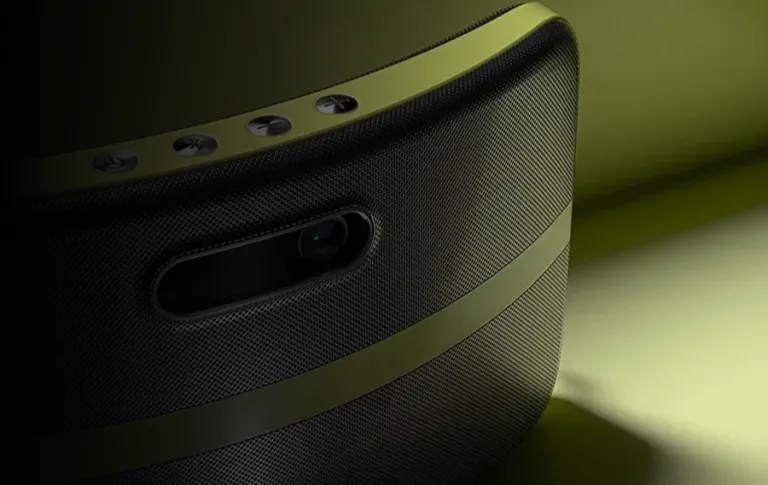Global Illumination, Path Tracing, and Ray Casting Explained
Photorealistic 3D rendering is the process of creating three-dimensional high-quality visuals. The high levels of realism in 3D-rendered models are achieved by using techniques such as global illumination, rendering, path tracing, and ray casting.
What are some common rendering processes?
A 3D render is a digital 2D representation of a model created by specialized computer software. The aim of a 3D render is to show how a CAD model would look if it were to be printed in a natural light setting. You can think of 3D rendering as being like a digitized version of photography. 3D renders can either be incredibly realistic or lifelike or they can be more fantastical.
To create a 3D render, a designer will first create a 3D model that exists as mathematical representations of designated surfaces and points. The designer will then use 3D rendering software to add textures and light details to the model to transform it from a 3D representation that can be seen from any angle into a 2D photorealistic image.
The most common rendering techniques are ray tracing, scanline rendering, and radiosity. These techniques are used to add realistic light and shadows to a 3D model.
Discover sophisticated solutions for 3D rendering at the Dassault Systèmes store
You can produce highly realistic 3D renders with incredible depth of color, light, and complexity with 3DEXITE Product Communicator by Dassault Systèmes. This powerful product communication and visualization solution can be used to create photorealistic 3D models, animations, interactive simulations, and virtual reality experiences.

3DEXCITE Product Communicator
Seeing is believing - create stunning digital content to showcase product values, enable partners and win customers
The importance of rendering in product visualization
3D commercial rendering is widely used to provide realistic depictions that showcase either proposed products or changes to existing products. Photorealistic product rendering allows designers to assess their designs, present them to management, or use them for market research purposes.
Producing a physical prototype of a product is a time-consuming and costly process. By 3D rendering product images, a designer can show exactly what the intended finished design will look like without having to build a prototype.

Common rendering techniques

Ray tracing
Ray tracing is a rendering technique that is used to simulate the effect that light has when it shines on objects. Ray tracing works by using a highly complex algorithm to track the path that a source of light would take and simulate this effect on virtual objects.
Ray tracing provides highly realistic, high-quality lighting effects. However, it requires a lot of computer processing power to produce. For this reason, ray tracing is usually used for still images and not for animations, CGI special effects, or video games.
Global illumination
Global illumination is a digital representation of how light bounces and refracts off objects. Unlike ray tracing, global illumination is used to detail the path of indirect light. It can be used to depict color bleeding and the way sunlight bounces around a room.
Although global illumination can be used to create incredibly realistic effects in still objects, it cannot bounce light from moving objects. Global illumination techniques are commonly used for effects in film, video games, and by architects and product designers.


Path tracing
Path tracing is a similar rendering technique to ray tracing. It is also used to mimic lighting, but unlike ray tracing which follows single beams of light, path tracing is used to depict how light reacts in three-dimensional situations.
Using the computer graphics Monte Carlo method, path tracing can generate numerous rays for each pixel that will then bounce in different directions. It can create advanced lighting effects but requires a great deal of computer resources to do so. Path tracing is widely used in films, video games, and for 3D-rendered images.
Scanline rendering
Scanline rendering is an algorithm that is used to create a visible surface determination. While mainly used in moving images, it can be employed in 3D rendering to give a more realistic look to surfaces. Scanline rendering operates on a row-by-row basis where each row is rendered separately before moving on to the next one. This is unlike other rendering methods which work on a polygon by polygon basis.
The majority of modern graphics cards and graphics software use scanline rendering techniques. The method is, however, highly complex and requires all polygons to go through the renderer before appearing. Without a powerful processor, this can be a slow process.

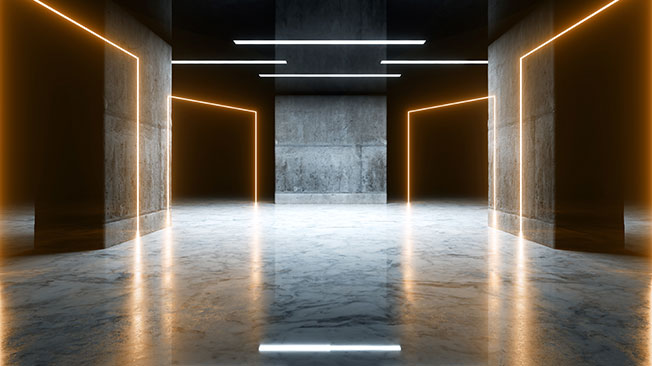
Radiosity
The radiosity algorithm mimics how light is diffused. This is a sophisticated illumination technique that allows designers to accurately and realistically show shadows, blurred edges, and areas where light is gradually filtering out.
Radiosity is different from a technique such as ray casting, which is used to depict direct light. While radiosity can create realistic light patterns, it requires complex calculations and often has long processing times.
Real-time rendering
Real-time rendering is usually used in video games, animations, and interactive graphics. Real-time rendering is often used by architects to provide their clients with digital walkthroughs of proposed buildings.
As the name suggests, in real-time rendering, all graphic displays are calculated and rendered on screen incredibly quickly, so that it appears as if the renderings are happening in real-time. Real-time rendering has a huge range of applications but it does require significant resources to produce.
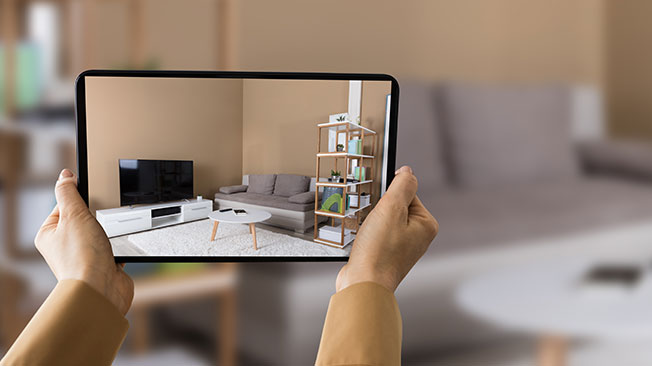
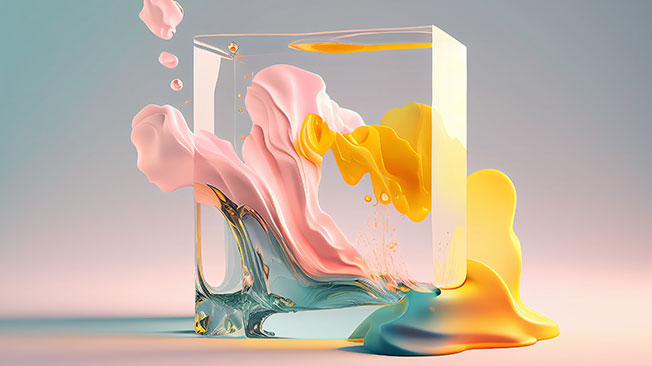
Pre-rendered images or offline rendering
A pre-rendered or offline-rendered image is where all the work has been done in advance. Unlike real-time rendering where the rendering process happens instantaneously, a pre-rendered image refers to any static image where all the graphic enhancements are already in place.
Offline-rendered images can display a great depth of detail, lighting, and color. They can be made to be highly realistic although they cannot be used in any kind of immersive or interactive application.
Browse all the Dassault Systèmes store applications
We feature in our store some of our best software to design, collaborate and innovate throughout the entire product lifecycle.
Content related to global illumination
3D rendering
Discover the power of 3D rendering software
Product rendering
The process of product rendering and 3D visualization explained
Cloud rendering
Global Illumination, Path Tracing, and Ray Casting Explained
Common challenges in product visualization rendering
Creating offline-rendered images or real time rendered images requires a great deal of processing power. Many designers encounter challenges with photorealistic product rendering due to the limitations of their on-site computer hardware.
Other common issues that designers face include software complexity and a lack of connectivity with CAD design software. Poor communication between stakeholders can also result in a 3D render that does not reflect the design intent.
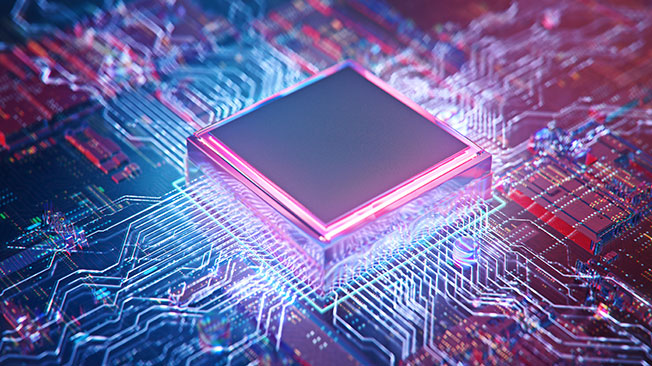
Why choose Product Communicator for your product visualizations?
Product Communicator is considered by many professionals to be the best 3D rendering software on the market. This powerful software enables makers, designers, technical salespeople, and marketers to easily create highly complex 3D renders suitable for every channel.
- xHighlight
- Time-to-market
- Stage products
- Interactive product training modules
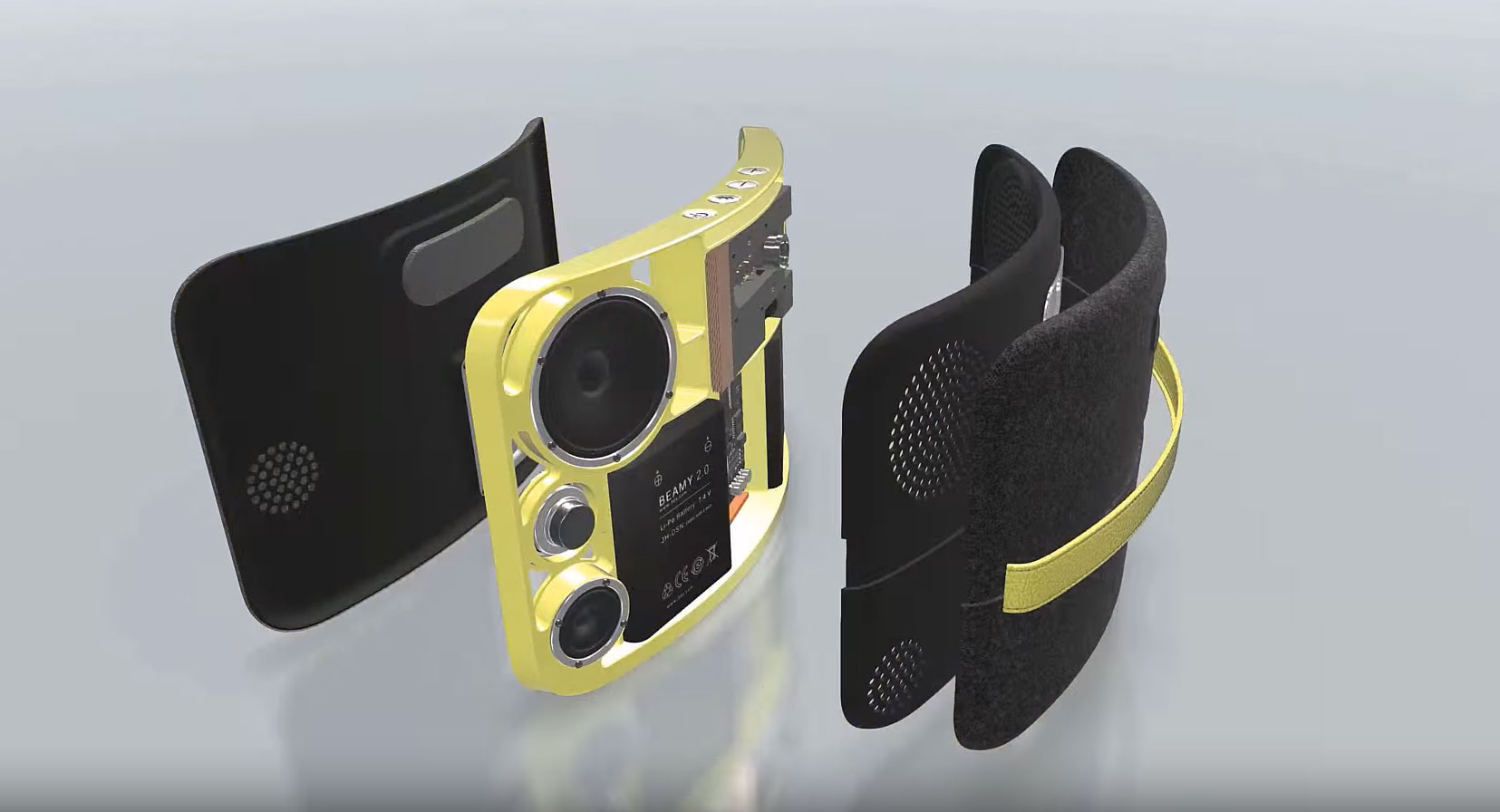
xHighlight
Product Communicator gives you access to xHighlight for interactive storytelling and technical illustrations and xStudio that can be used to create detailed product shots and interactive turntables (360° view) in photorealistic quality.
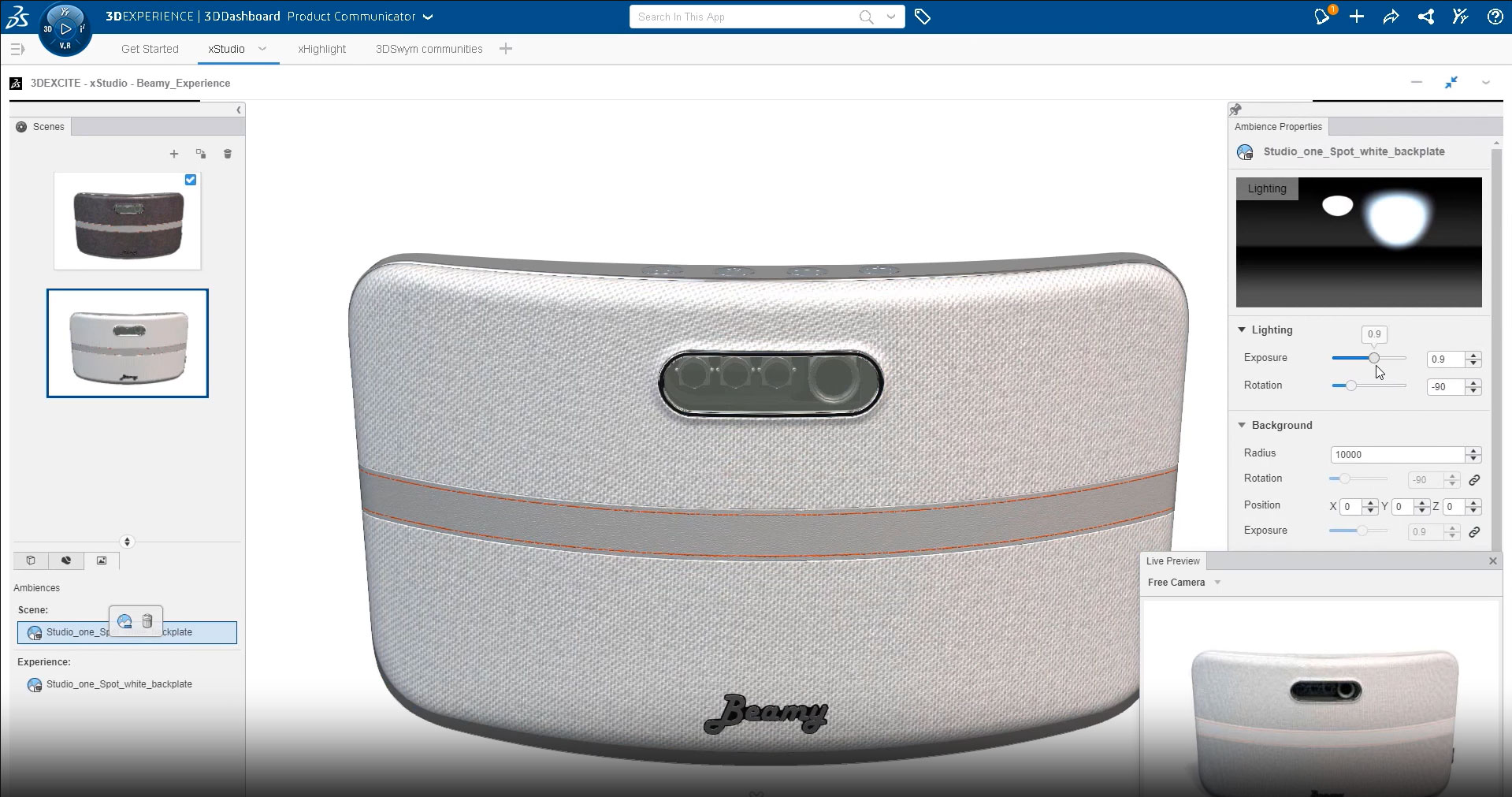
Time-to-market
Users can minimize time-to-market by creating product launch content directly from the latest version of the 3DEXPERIENCE Twin. The 3DEXPERIENCE is a cloud-based application that enhances communication and collaboration between stakeholders. It delivers an intuitive user experience directly in a web browser that can be accessed at any time using any type of device.
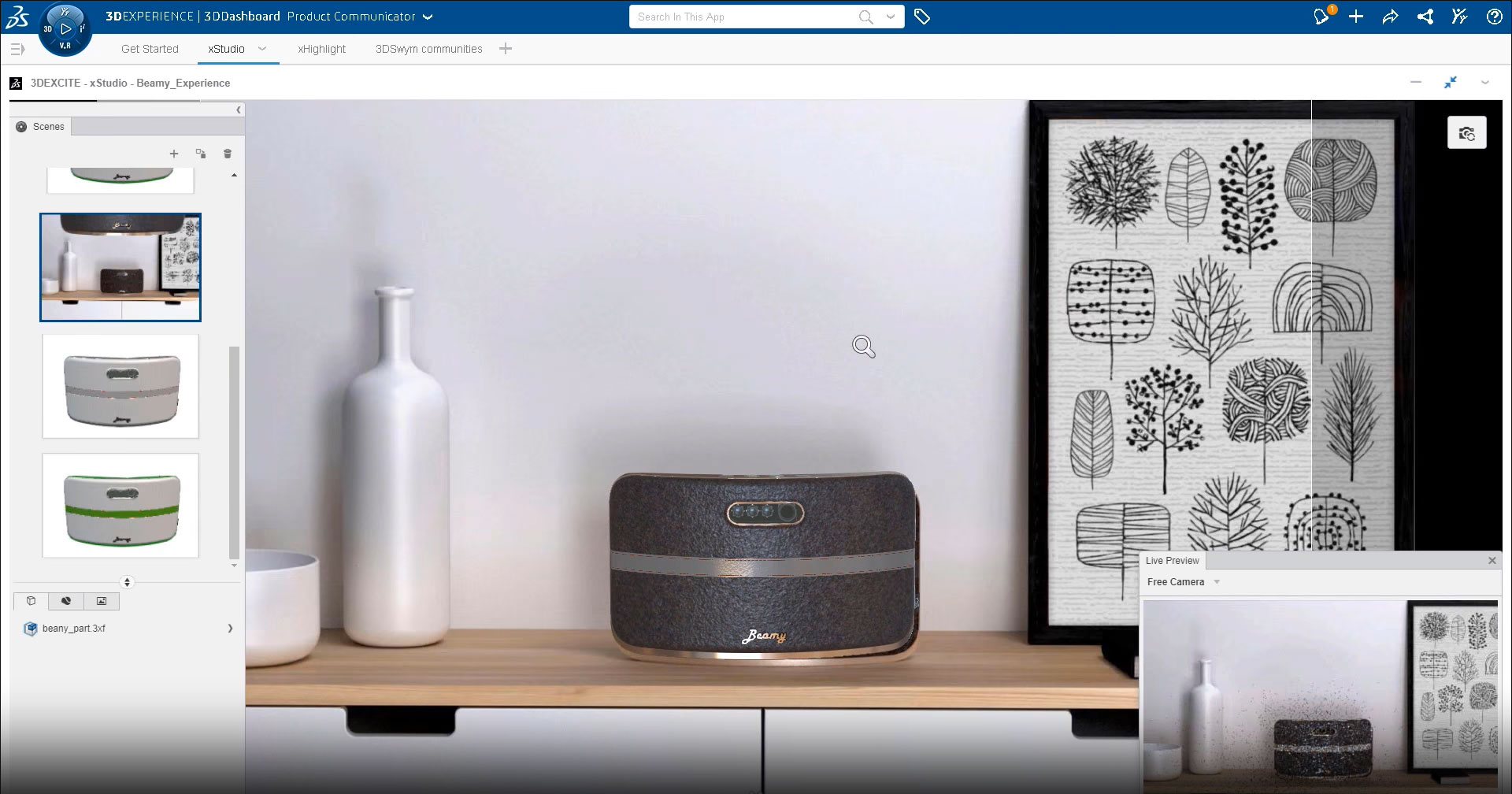
Stage products
Product Communicator allows you to stage products interactively in global illumination. You can also produce stunning cloud rendering via a web browser, and since Product Communicator is Render-as-a-Service, it is fully scalable for any type of project and ensures you will only pay when a render is triggered.
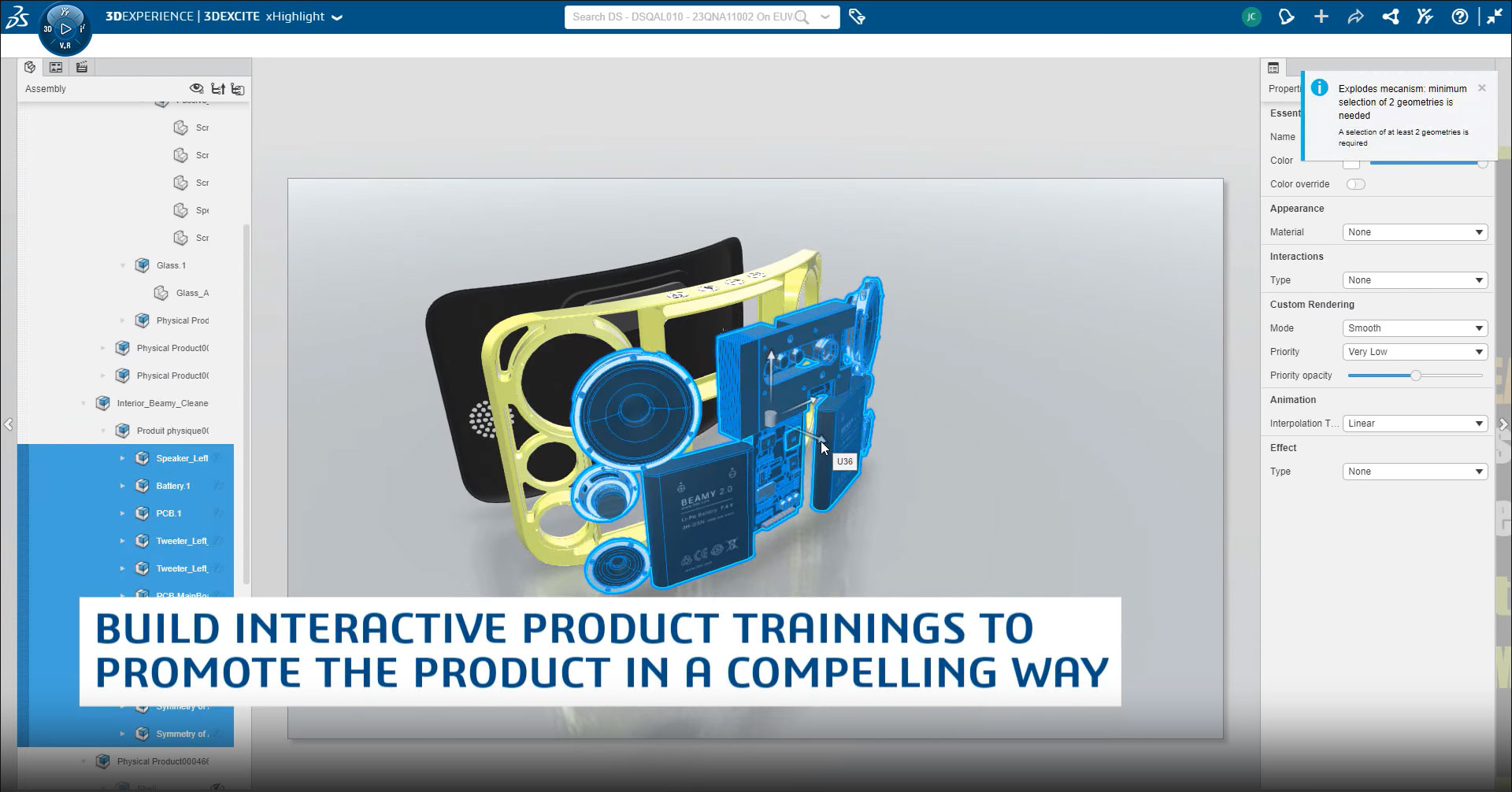
Interactive product training modules
You can create interactive product training modules to promote your production or achieve a high visual impact by presenting product USPs and usage scenarios via richly detailed videos. Product Communicator is also widely used for technical illustrations for user guides as well as functional product descriptions.
Global illumination and ray tracing - Conclusion & Perspectives
3D-rendered images are technically complex to create but have a wide variety of applications. 3D renders are commonly used for showcasing proposed building developments, in product development, and for advertising and marketing purposes.
Designers use highly advanced CAD rendering software to create 3D-rendered images. Realistic lighting effects are achieved by techniques such as global illumination, rendering, and ray casting. These techniques are essential skills for anyone who wants to pursue a career in design, animation, architectural design, or video game development.
Why choose Dassault Systèmes for your 3D rendering needs?
Enjoy enhanced collaboration via the 3DEXPERIENCE platform
The 3DEXPERIENCE platform provides designers with a highly integrated, on-cloud solution that does away with the need for expensive on-site infrastructure. Users can access a wide range of specialized CAD solutions via the 3DEXPERIENCE platform. This includes the innovative 3D rendering software 3DEXITE Product Communicator.
The power of the cloud allows for highly complex 3D renders to be created using any device. Designers can collaborate easily and share files securely via one digital environment. The 3DEXPERIENCE platform frees you from the limitations of conventional on-premises CAD programs.
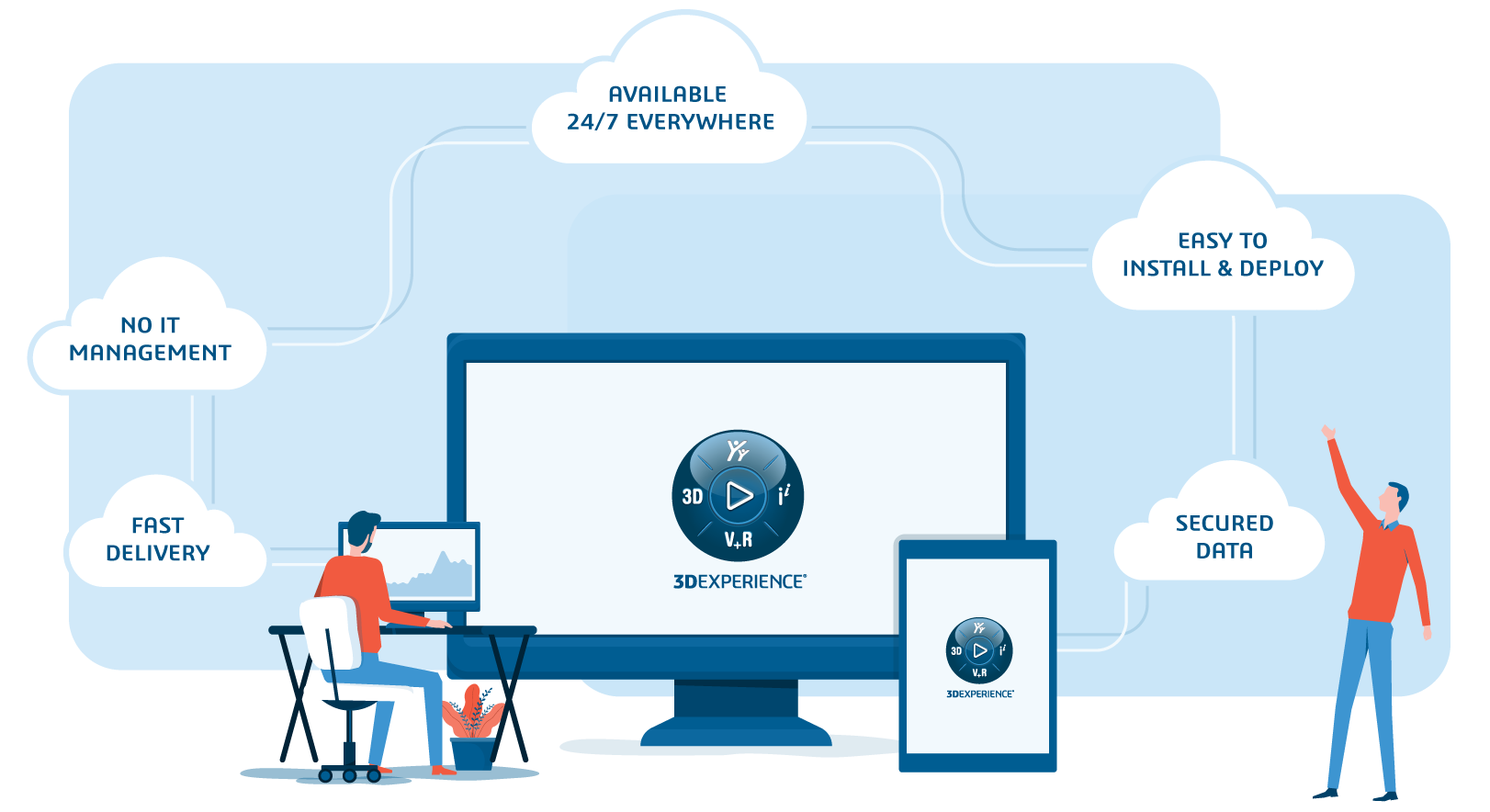
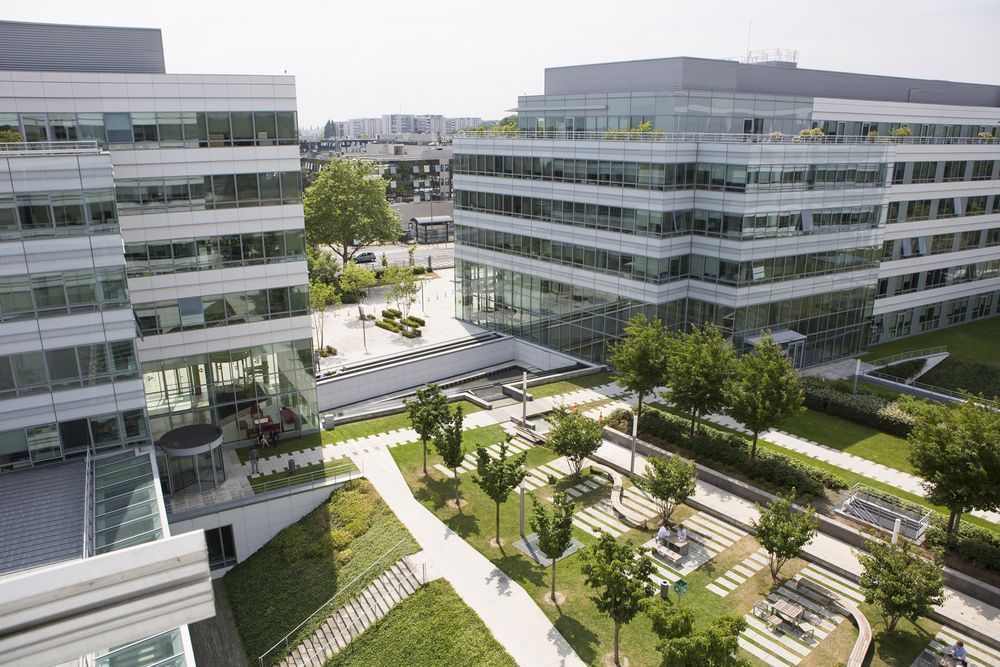
Discover the entire range of Dassault Systèmes CAD solutions
Designers need the very best 3D rendering software in order to create accurate, highly lifelike product visualizations. When professional designers are looking for flexible, affordable, and powerful solutions, they turn to Dassault Systèmes. No other company can deliver such a range of cutting-edge software or provide you with the flexibility or power of our roles.
With more than 40 years of experience, Dassault Systèmes is well established as an industry leader in 3D design, digital mockup (DMU), and product lifecycle management (PLM) software. In combination with the innovative 3DEXPERIENCE platform, our products can help you to transform the way you develop and produce products and designs.
